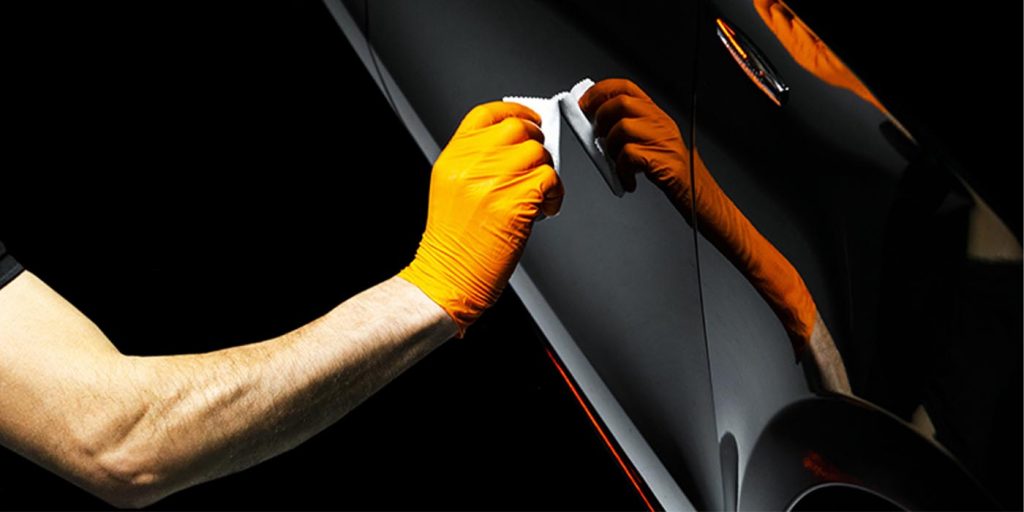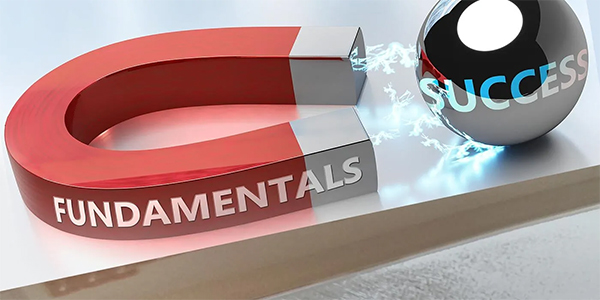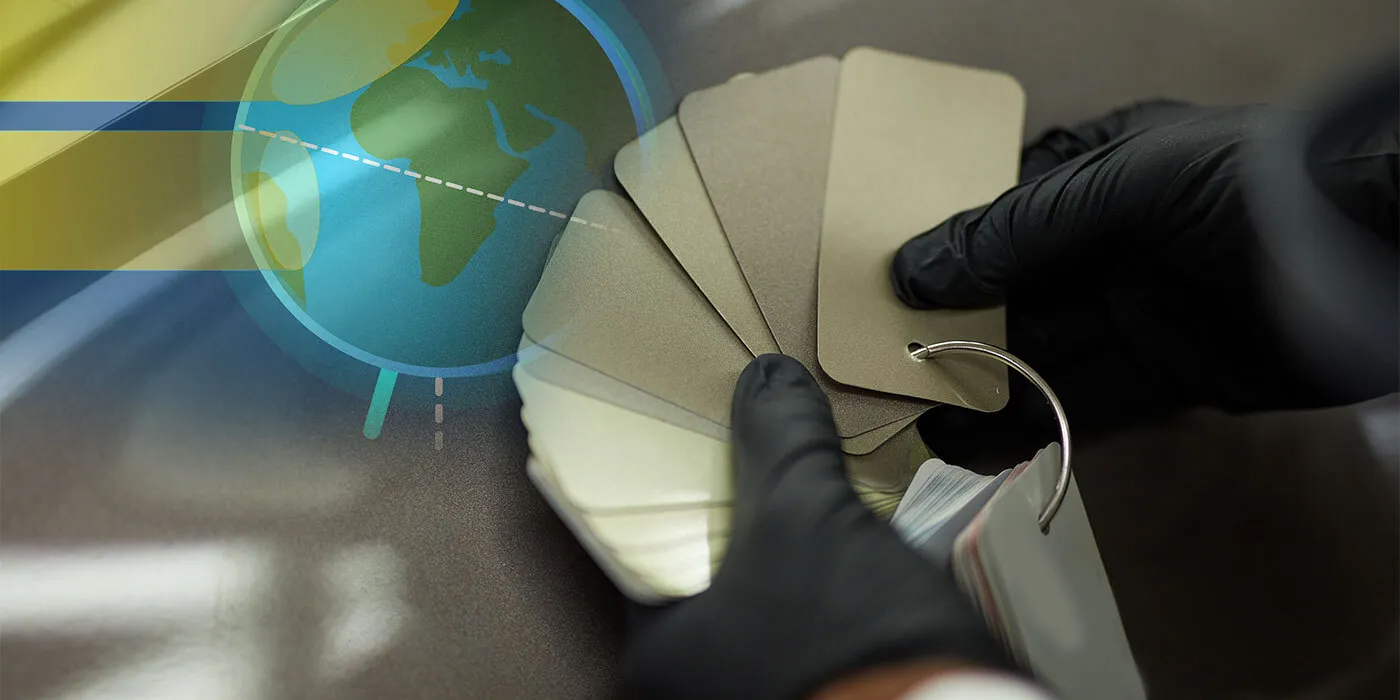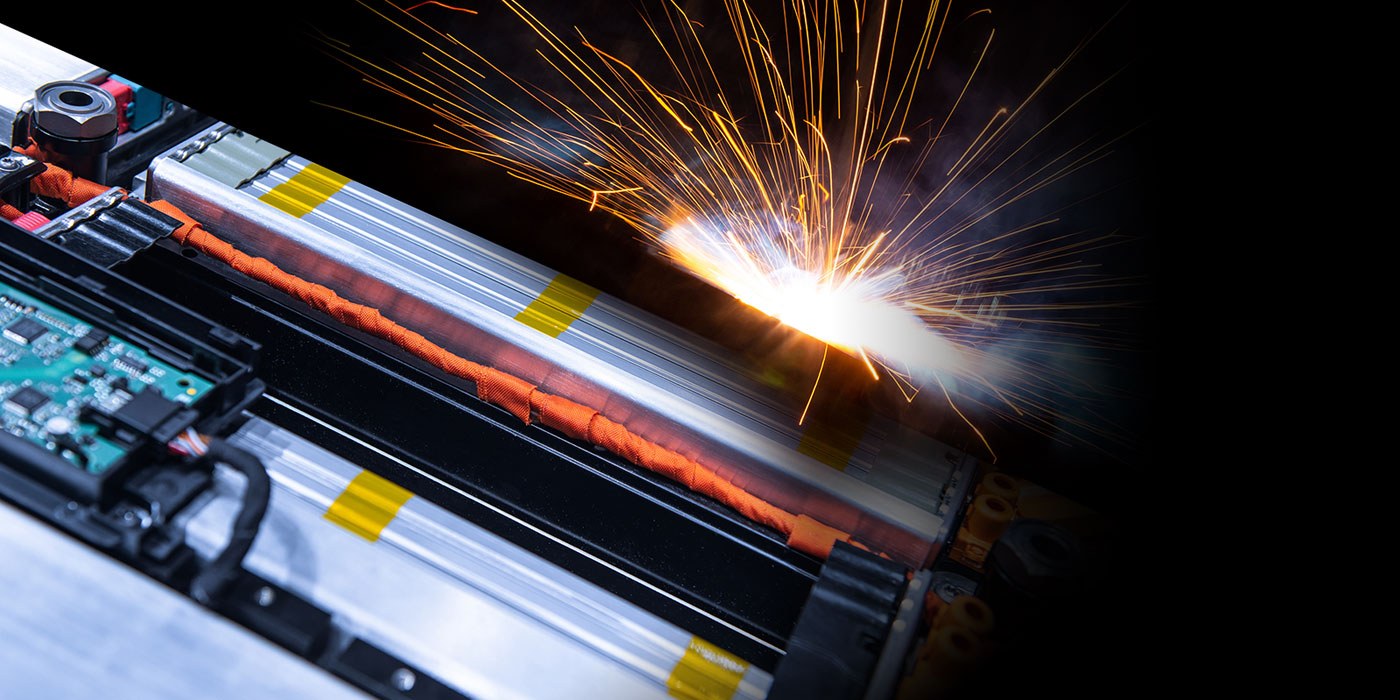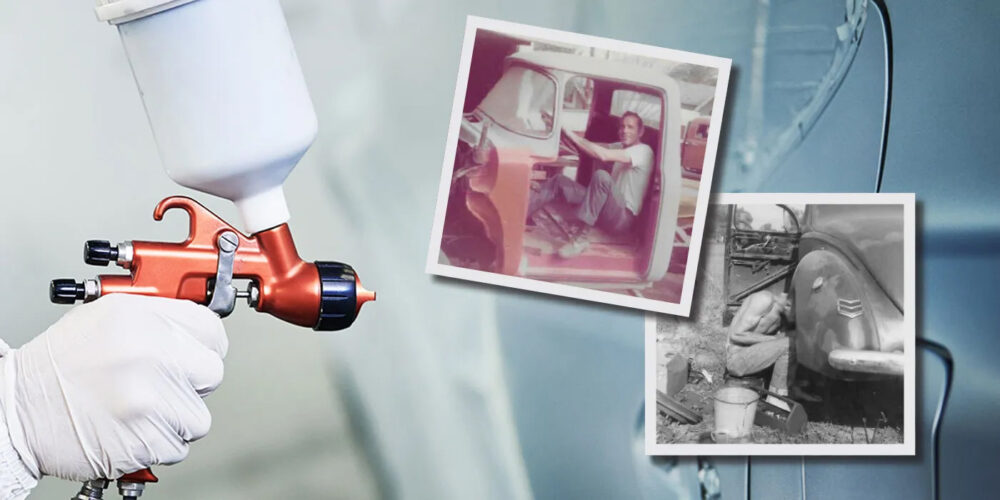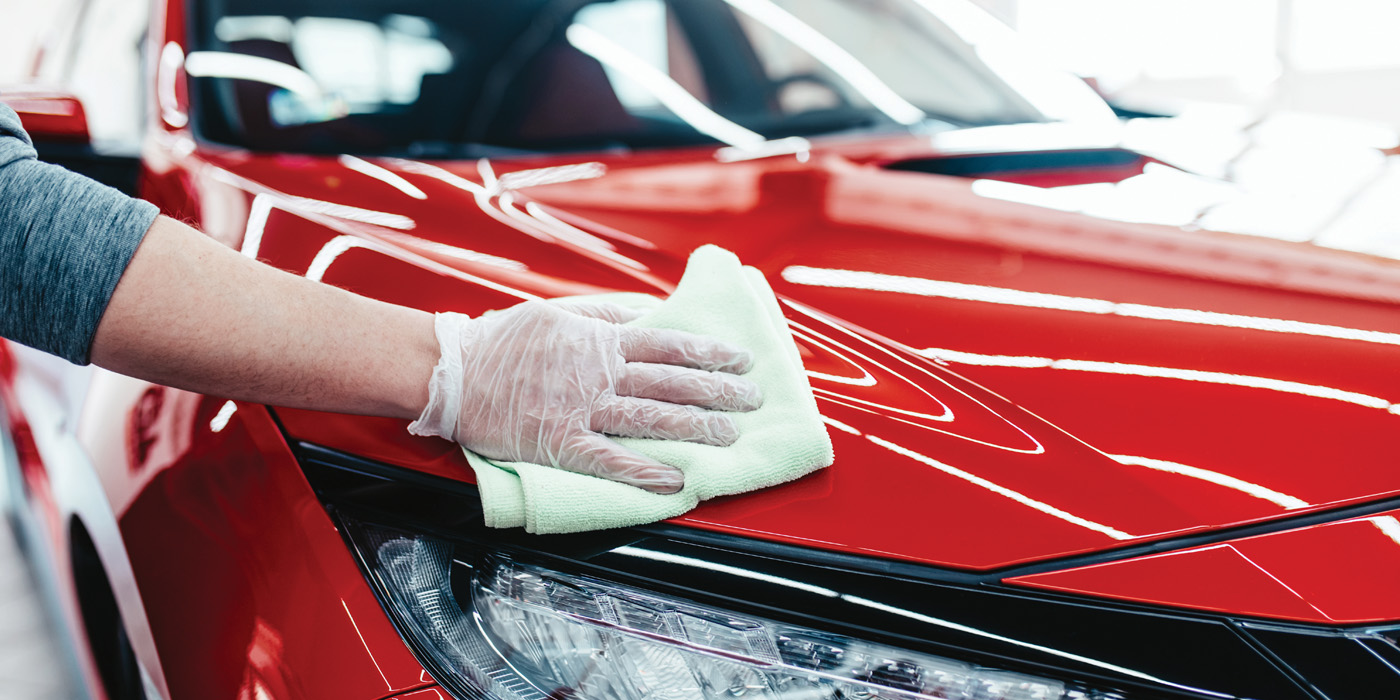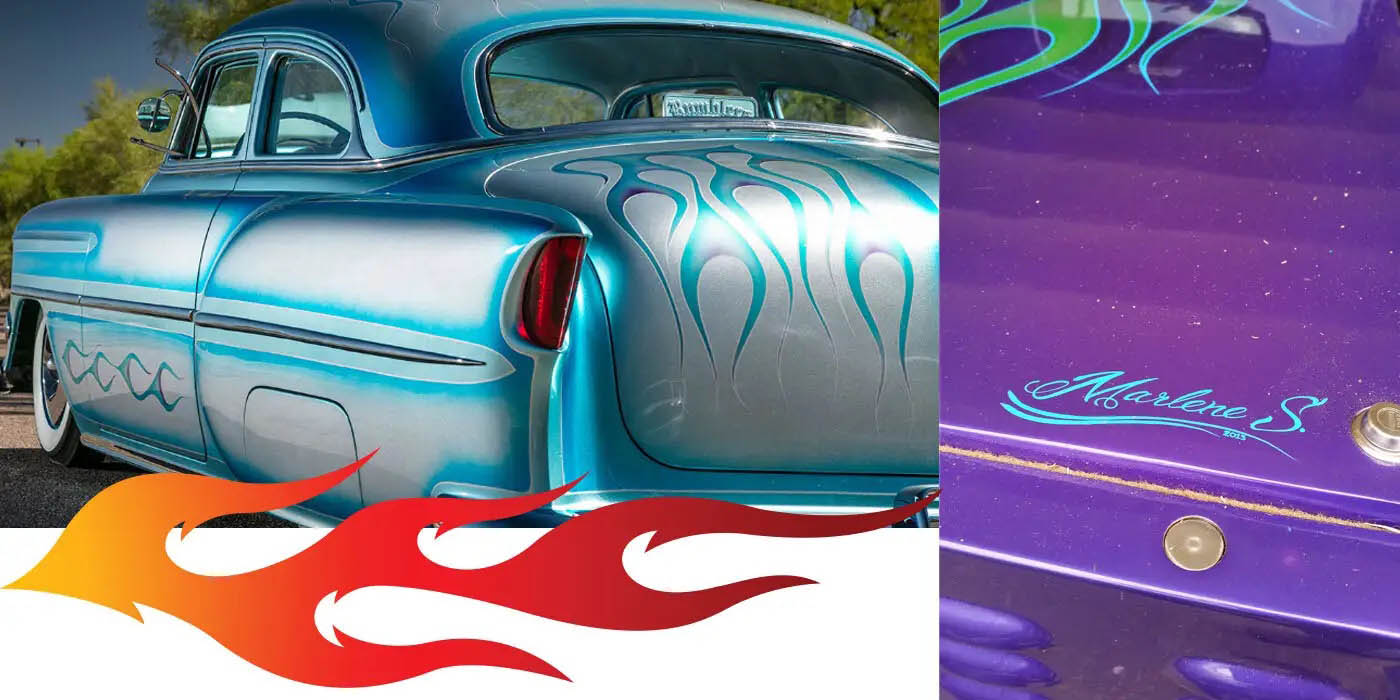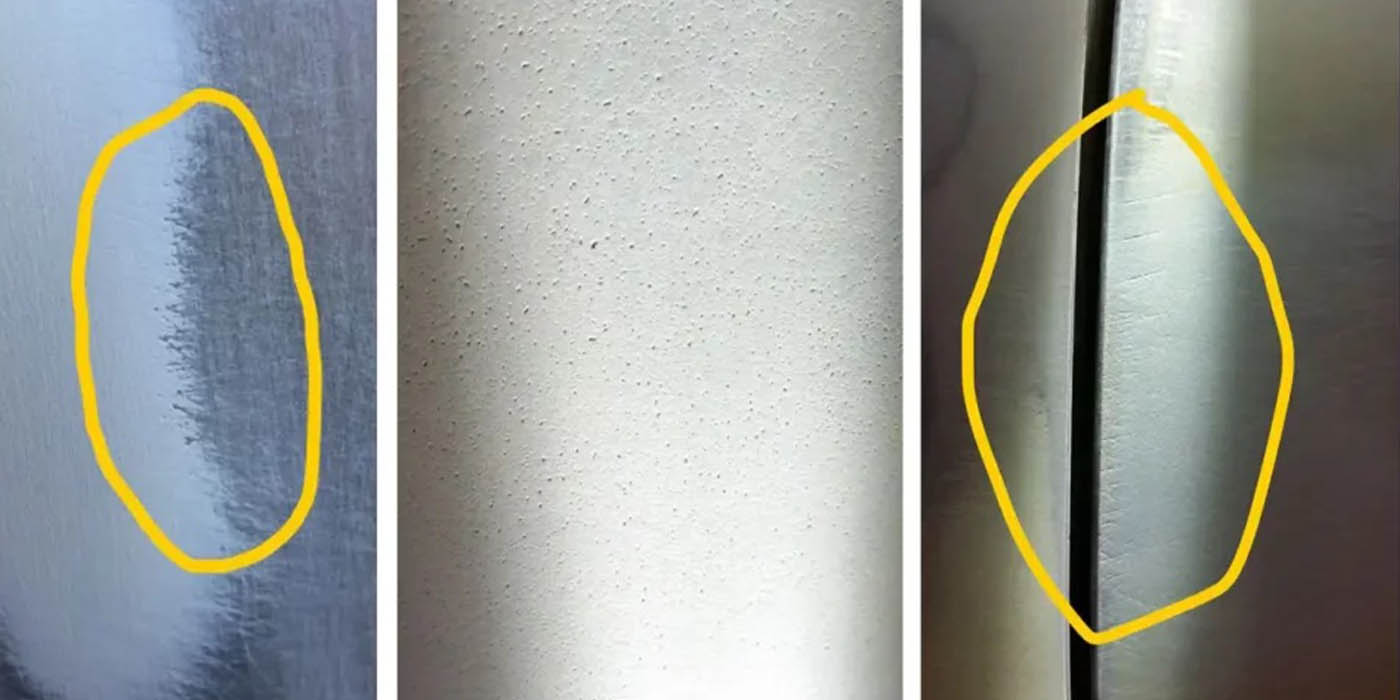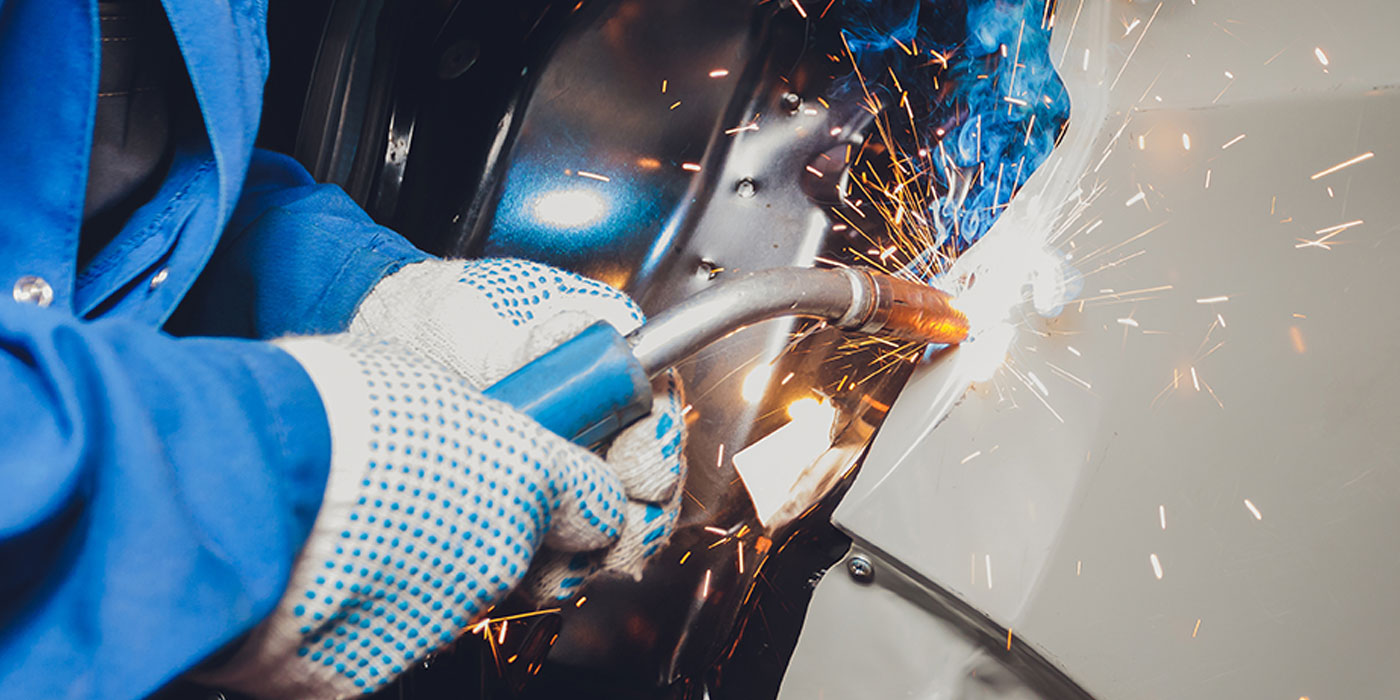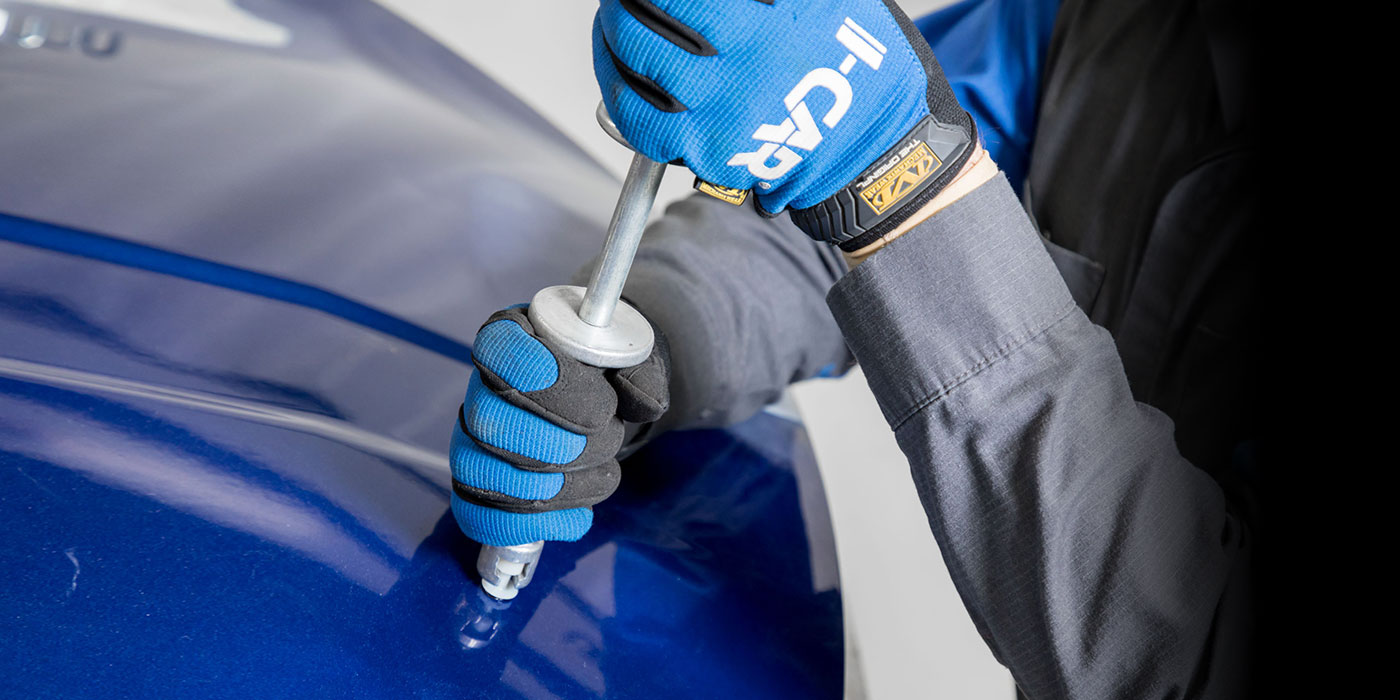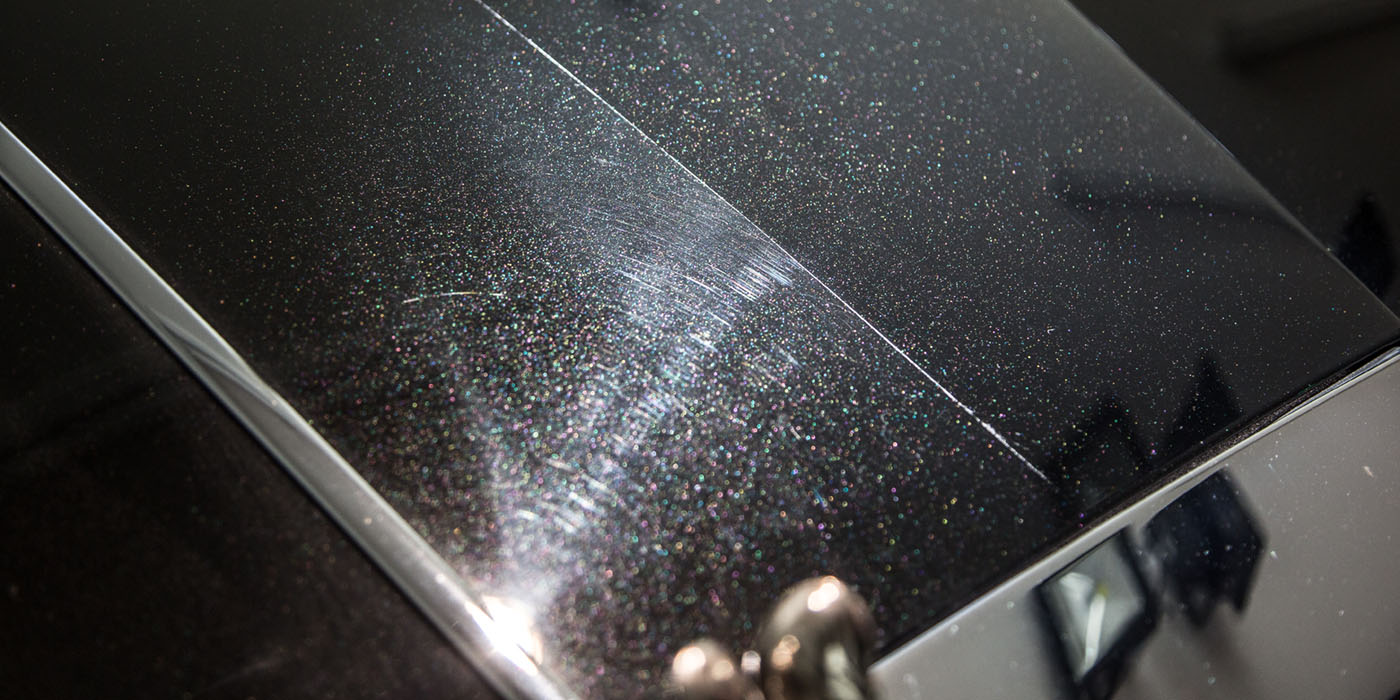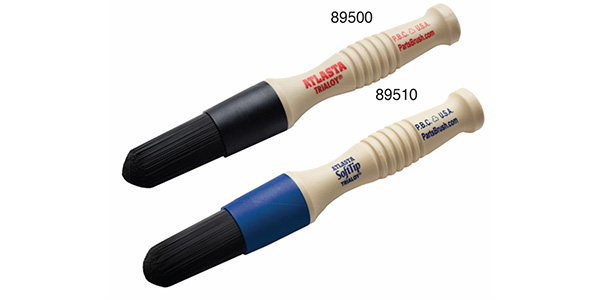Carwash centers and detailing businesses thrive when customers are happy with the services provided. This seems like a rather straightforward, obvious statement — and yes, there are other factors behind success. But happy customers become repeat customers and are more likely to recommend services to friends, relatives and neighbors. Having a strong handling of detailing tasks — both interior and exterior — is the backbone of the business. Whether you are looking to start a new detailing business, expand your offerings to include new profit centers or refresh your staff on best practices, these tips will enable you to offer first-class services that win new customers and keep existing ones.
Exterior: keeping up appearances
As the area of a vehicle most vulnerable to the elements and scrutinized by other drivers and passersby, the exterior should be given special attention at a detailing shop. The detergent or soap used should strictly be one designed for use on automotive paints, whether you are cleaning by hand or with automated equipment.
A next-step you can provide drivers after the wash is a clay bar treatment. Over time, contaminants can settle on the surface of the paint. These are hard to remove with washing alone and, rather than let them settle and lead to scratches, you should apply the playdough-like clay bar on all surfaces to remove these irritants. Keep some clay bar on hand in your shop and offer this service to customers if you notice that their cars are not entirely smooth after a wash.
If you do use a clay bar, it is only natural to offer the next layer of protection. There are three big products/offerings you’ll want to have a handle on: compound, polish and wax. Any professional detailer or car hobbyist will know that these are very different and have different uses. Yes, some consumer brands are marketing “combination” versions (i.e. two-in-one polish and wax), which may be suitable for casual use, but any large-scale detailing and cleaning shop needs to have three distinct offerings available to provide customers with the best possible service. Here’s the breakdown, if you need a refresher:
- Compound is the harshest of the three products and is used to remove scratches and swirl marks. By “harshest,” this means it also removes some of the topmost layer of paint or clear-coat to eliminate scratches.
- Polish nourishes the paint and restores oils removed during a wash or by the elements. If you’re using a compound on a client’s vehicle, you will want to follow it with a polish.
- Wax is the final step and acts as a protective topcoat on the newly-polished paint.
Some of these products are available in spray, liquid and paste forms. In general, the more viscous the solution you choose, the more protective and effective it will be. Spray waxes, which are marketed to do-it-yourself (DIY) consumers, are efficient and easy for anyone to use, but they aren’t going to provide the same results as a paste applied more deliberately by a professional will.
If you are running a detailing shop and want to offer “the works” to your clients, stock a few options and offer various compound/wax/polish deals at multiple price points. You will also want to use different types of hand cloths/orbital pads during each step: a coarser fabric, such as terrycloth or even wool, is used with compounds to eliminate scratches; a soft, microfiber cloth or foam pad is perfect for the wax and polish steps. Buy pads and cloths in a variety of sizes and materials in bulk from your wholesale supplier. It is possible to clean and reuse them, but if you have a high volume of customers, you will go through them fast.
Compounds, polishes and waxes can be applied to vehicles either by hand or with the help of a dual-action or orbital machine. Unless you have been asked by a client to very carefully detail an older or classic car by hand, you will likely turn to the latter for most jobs. These machines allow detailers to complete the task more efficiently, lowering costs and allowing you to see more customers. However, you can do a lot of damage to a vehicle’s exterior if you aren’t experienced using one of these tools. A buildup of heat is the enemy. The two general rules are: Keep the pad speed to the lowest that gets the job done, and never stop moving the pad along the car’s surface.
If you and your staff are less confident in your abilities to operate one of these tools, practice makes perfect. Consider practicing on an employee’s old beater (with permission, of course) or on a sheet metal panel from a junkyard. The practice will give you a feel for how much pressure to apply before working on your clients’ vehicles.
Interior: vacuum, clean and protect
When servicing the inside of the car, we can look at three distinct steps, each of which require different tools/expertise. The first step is rather simple: vacuum. You should have a shop vac with a wide variety of attachments for getting into nooks and crannies to remove dirt, sand and other debris before a more thorough cleaning can be performed. Don’t forget to remove the floor mats and address the areas underneath as well.
Once visible debris has been cleared, you can get into real cleaning of the interior. Inside a car, you can find a wide variety of materials: vinyl, leather, cloth, plastic, rubber, glass, etc. Don’t treat all these surfaces as one and the same. Yes, there are some combination cleaners that can tackle more than one area, but be sure to test them in an inconspicuous part of the vehicle to ensure they will not damage the material. Overall, it’s best to err on the side of caution, particularly when treating a first-time customer’s vehicle, and apply a minimal amount of a gentle solution first with a microfiber cloth to make sure it is safe.
The same advice goes for protecting the interior. Remember to get a fresh cloth after the cleaning phase is done and use different cloths for different areas of the car, especially if you are switching between products (i.e. two different protection products for rubber versus vinyl surfaces).
It is smart to stock a wide variety of cleaning and protecting solutions to tackle any type of mess in any type of interior. It is also a good idea to keep a record of individual customer visits and tasks performed and to include which products worked best, so that you can save time and provide the same level of service when they return. You will also have a handy reference guide if another customer visits with the same make or model.
Going the extra mile: specialty areas
Lastly, I wanted to share a few tips on areas of the vehicle that might require special attention or get overlooked during a detailing job. Customers will likely take note if you pay close attention to these spots, which competitors might neglect:
- Vents, steering columns and other hard-to-reach crevices. These areas can gather dust that is hard to remove by hand with a cloth. You will want to stock some detailing brushes in a variety of sizes. Just do not go for anything with very stiff bristles, as they can create scratches.
- Dashboards. After dusting with a microfiber cloth, use a mild cleanser on the dash, if needed. Stay away from alcohol-based products (this includes most household cleaners), as they can damage plastic compounds found in a dashboard. Lastly, be mindful of a high-gloss cleaner/polish that leaves the dash too shiny. This sounds silly, but glare from a windshield can be very distracting and dangerous.
- Vinyl or leather surfaces. Whether these materials are found on seats, consoles or side panels, a spot-cleaning method is often best. There is no need to hit the entire surface with a harsh cleanser if it’s not visibly dirty. Instead, target stains and debris. Once again, start by using the most-mild product in your arsenal and work your way up, as needed, to avoid damaging these surfaces. Vinyl is also heavily-grained and might respond well to a soft-bristled brush instead of a cloth for spot cleaning.
- Screens and clear surfaces. While most touch screen displays are made of glass, the clear screen in front of a car’s speedometer is often basic plastic. For these areas, use something gentle, and be sure to give a thorough wipe-down to avoid streaks and clouding. For the touch screen, a glass cleaner similar to what you would use on the interior of a car’s windows is sufficient. Spray a little onto a microfiber cloth and apply it that way, rather than spraying directly onto the screen.
- Seat belts. The spot-cleaning method is also your best bet for cleaning seat belts. You do not want to use any products or chemicals that could deteriorate the fabric and cause a safety issue by weakening the belt. If they do not appear outwardly dirty, a wipe-down with mild soap and water is sufficient. If there are any major stains, you can address those with a soft brush and/or a small attachment on a shop-vac to break up caked-on debris.
Overall, when it comes to cleaning and detailing all parts of a car, there are many options available, and the best shops offer a variety to fit various lifestyles, vehicle types and budgets. Be prepared to communicate the different offerings and the value of each to customers in a way that does not seem like you are just looking for an upsell. Providing high-quality add-ons and good customer service will keep them coming back.
Richard Reina is a life-long automotive expert with 30 years of experience. Currently, he works as the product training director for CARiD.com, one of the largest online retailers of aftermarket auto parts and accessories.

